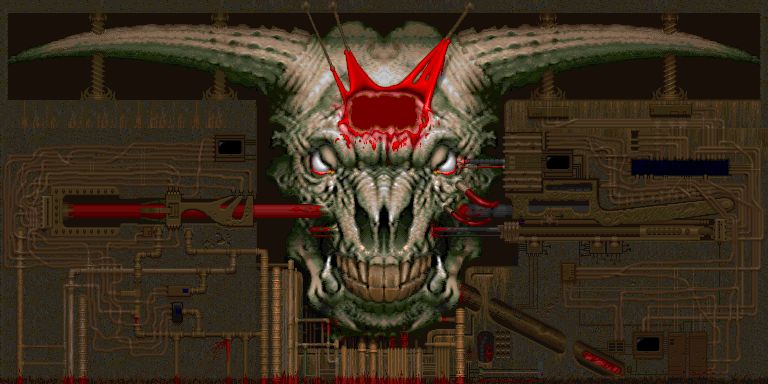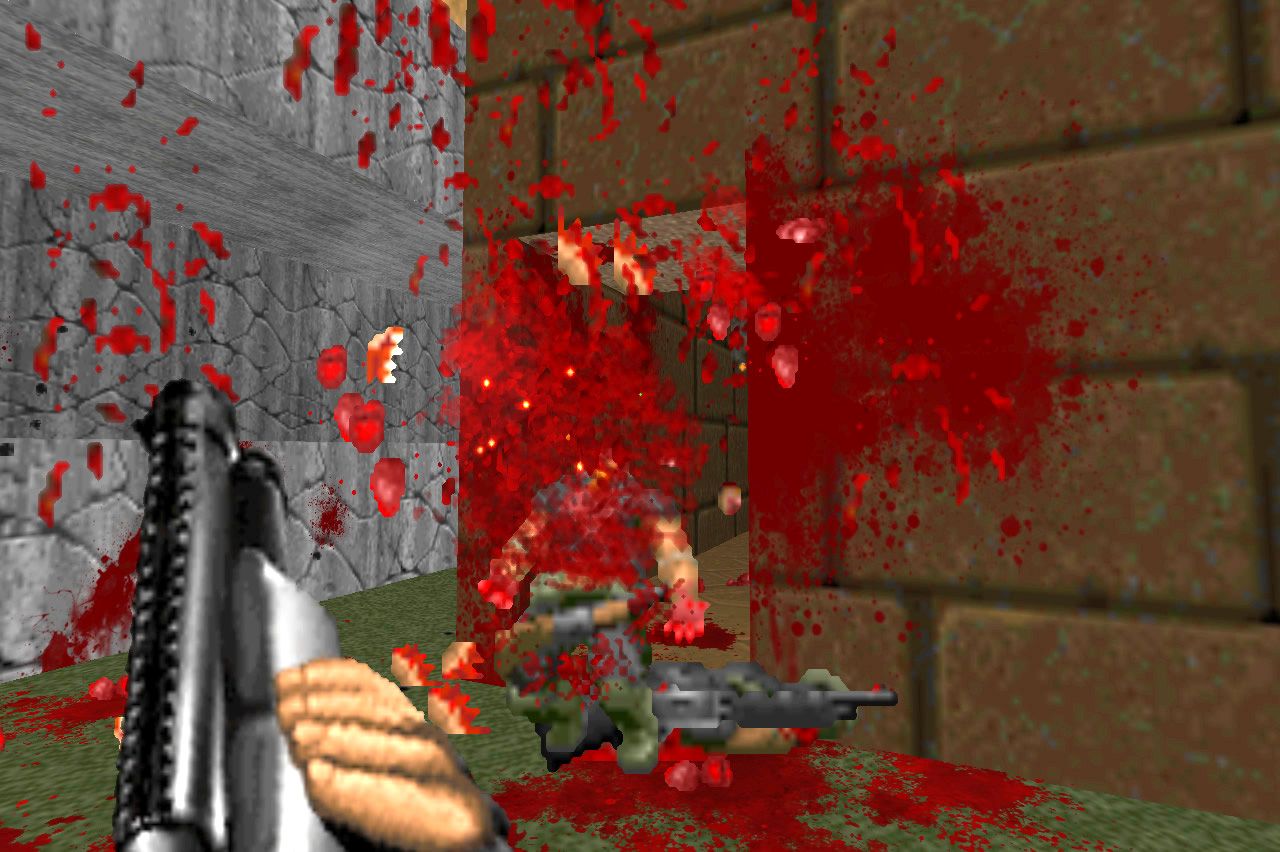The cult of Doom: the thriving mod scene behind id's classic
Exploring the modern mod scene with id Software's classic shooter.

This article was originally published in PC Gamer issue 279.
Over the past few years, many of the barriers to making and modifying videogames have been removed. You can grab a free version of Game Maker and knock out Hotline Miami or Gunpoint if you’ve got the time and the inclination. With the introduction of Steam Workshop and similar resources, modding has become both easier to implement and, if you’re on the other side of the fence, easier to benefit from.
Yet id Software’s Doom has always had such a brilliant creative scene around it. Since the very beginning, people have been working out ways to mod the game and create their own unique experiences. Classic mods such as Aliens or Batman are remembered almost as fondly as the base game itself by those who were around during the mod scene’s infancy. Some of the more ambitious mods even ended up becoming full retail releases, like Final Doom or The Master Levels. In fact, one of the creators of Final Doom went on to work for Valve, engaged on no less a game than Half-Life, while a member of the team that worked on The Master Levels is now creative director of id Software itself—Tim Willits. Since those early days there’s always been someone modding a new game mechanic to Doom, or someone forcing it to run on a piece of machinery that it really has no business running on. Here we are, over 20 years since the game was originally released, and there’s still a healthy number of people working on an incredible variety of things to do with Doom.
“Doom itself is a fun as hell game,” says James Paddock, creative director on the colourful, cartoonstyle Doom total conversion The Adventures of Square. “There’s just no denying that—and if you make something in the Doom engine, I almost absolutely guarantee that on some level it will be fun. While we went with a primary colours, MS Painty visual style, we wanted very much to still capture the spirit and the feel of the original Doom with The Adventures of Square, so we didn’t stray too far from the core mechanics that made it such a blast.” Paddock summarises these core values as: “large exploration-based levels with non-linear progressions, and frantic, bustling gameplay involving killing hordes of bad dudes in swift succession.”
Doom is as much fun now as it was back in 1993. If you don't agree, you can always mod it.
There’s a simplicity at the core of Doom that has ensured that it is as much fun to play today as it was on its release over 20 years ago. Like Mario Bros, or Tetris, there’s a solid set of rules that have given Doom a timeless feeling to how it plays. That now standardised set of weapons, varied enemies that create interesting scenarios simply by being mixed together and some of the tightest level design imaginable, combine to create a classic. Doom is as much fun now as it was back in 1993. And of course, if you don’t happen to agree with that, you can always mod it. Doom has had everything bolted onto it over the years, from simple stuff like new enemy models to some of the more recent weirdness, like the Instadoom Selfie Stick mod, which allows you to have Doomguy take posed pictures of himself as you blast his way through Hell.

There are plenty of tools out there that don’t require you to have deep knowledge of all things Doom in order to get results, either. Doombuilder enables you to create levels with practically a drag and drop interface, freeing you to focus on the creative side of things. By removing that required programming knowledge—the only knowledge someone needs is Doom itself—you allow for someone to really go wild with their own imagination. Cyriak Harris, animator and the brains behind one of the more interesting wads out there—Going Down—by his own admission doesn’t have the technical knowhow to make his own games, but has still created an exceptional set of levels.
“I’ve never used Unity or Game Maker, I wouldn’t know where to start,” Cyriak says. “Making your own map in Doom is as easy as drawing a shape and moving the ceiling and floor up and down, pretty much anyone can do that. You don’t need any programming skills, and the maps are simple enough that you can make one in a few days. Beyond that there are tools available to do more ambitious stuff. You can add your own graphics, make your own monsters and weapons, modify it to the point where it is a completely different game if you like. But I think the main advantage is that it’s quick and easy for complete noobs like me to get started. I’ve never been involved in game development, I always wanted to make games, but this is probably as close as I’m going to get!”
Keep up to date with the most important stories and the best deals, as picked by the PC Gamer team.

